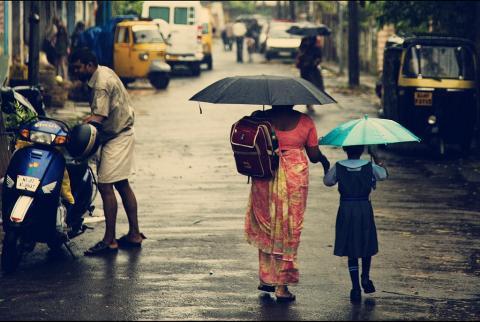
Here are some ways you can make your layout/apartment/gated community more water sustainable...🧵
Here’s the challenge:
In a layout, how can we convert water from an individual, private resource, to an #equitable resource?
In a layout, how can we convert water from an individual, private resource, to an #equitable resource?
Imagine everybody using multiple straws to procure water from the same glass.
Is there an alternative to everybody sinking a #borewell, competing with each other to draw #water? How can this alternative be #sustainable?
Is there an alternative to everybody sinking a #borewell, competing with each other to draw #water? How can this alternative be #sustainable?
1. Turn #groundwater into a common pool resource
This means that no individual can sink a borewell. Instead, the community has 3 borewells and everybody equitably shares the water in the aquifer.
This means that no individual can sink a borewell. Instead, the community has 3 borewells and everybody equitably shares the water in the aquifer.
2. Each resident takes responsibility for recharge
Everyone collects #rainwater and puts it into the ground, to recharge the aquifer they are receiving and consuming water.
Everyone collects #rainwater and puts it into the ground, to recharge the aquifer they are receiving and consuming water.
Each plot can dig a recharge well. What you now have is sustainability through demand management.
3. Fix water meters
When you put a price on water consumption, you make sure no family in the layout over-consumes. This way you ensure that water is equitably among all residents.
When you put a price on water consumption, you make sure no family in the layout over-consumes. This way you ensure that water is equitably among all residents.
Pricing, demand management, understanding the hydrology and recharge and communitising the resource thus become crucial for a water-sensitive layout.
But it doesn’t just stop with water use. It can extend to #reuse too.
But it doesn’t just stop with water use. It can extend to #reuse too.
4. #Recycle the wastewater generated by the layout at decentralized wastewater treatment plants
This can then be reused for non-drinking purposes by all residents.
This can then be reused for non-drinking purposes by all residents.
This way, understanding shallow aquifers, rainfall patterns, recharge rates and percolation makes designing an #urban layout a lot more sustainable.
• • •
Missing some Tweet in this thread? You can try to
force a refresh

















